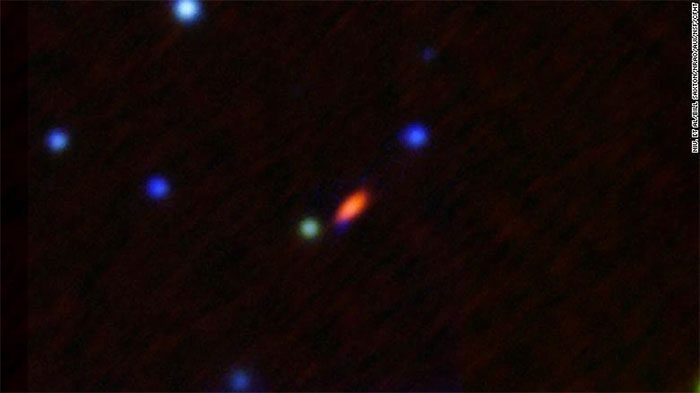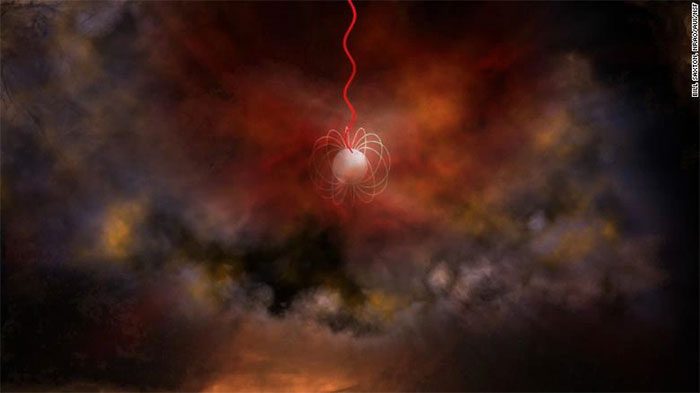Astronomers Discover Mysterious Repeating Fast Radio Bursts (FRBs) from a Distant Dwarf Galaxy 3 Billion Light-Years Away.
According to a new study published in detail in the journal Nature on June 8, this phenomenon is significantly different from recent FRB discoveries.
Fast Radio Bursts (FRBs) are intense bursts of radio waves that occur in the span of 1/1,000 of a second in space. Individual FRB events typically emit a single burst and do not repeat. However, a repeating FRB oscillates multiple times, producing short radio waves that carry immense energy.
Astronomers have been able to track several radio bursts within our galaxy, but they have yet to determine the true cause of these impulses. Understanding the origins of these bright and intense radio emissions could help scientists uncover the reasons behind them.
“Never Turns Off”
Astronomers discovered this event, named FRB 190520, while observing a radio burst in 2019. The research team utilized the Five-hundred-meter Aperture Spherical Telescope (FAST) in China and detected the burst in the November 2019 data from the telescope. As they continued their observations, astronomers noted something unusual: FRB 190520 was emitting frequent, repeating radio waves.

Image captured by the Karl G. Jansky Very Large Array telescope, showing FRB 190520 in action (red). (Photo: NSF/CFHT).
In 2020, the research team used the Karl G. Jansky Very Large Array (VLA) of the National Science Foundation to pinpoint the origin of the burst before employing the Subaru Telescope in Hawaii. Observations from Subaru in visible light indicated that the burst originated from the outskirts of a distant dwarf galaxy.
VLA observations also revealed that the burst continuously emitted radio waves and weakened with each pulse.
This phenomenon is very similar to a repeating fast radio burst observed in 2016, known as FRB 121102. It is also believed to have originated from a small dwarf galaxy over 3 billion light-years away. That discovery was considered a breakthrough in astronomy, as it was the first time astronomers could learn about the distance and environment of such mysterious events.
Currently, less than 5% of the hundreds of identified fast radio bursts are classified as “repeating,” and only a few of them are active regularly.
However, FRB 190520 is the only one that operates persistently, meaning it has never “turned off” since it was discovered, according to Di Li, the study’s author and head of the radio department at the National Astronomical Observatory of China and FAST operational center.
Meanwhile, FRB 121102, “the first known famous repeating fast radio burst, may have turned off after several months,” Li stated.
New Questions Arise
The latest discovery raises more questions for scientists. They are considering whether there could be two types of FRBs.
“How does the repeating type differ from the non-repeating type? Is continuous radio emission a common phenomenon?” asked Kshitij Aggarwal, a co-author of the study.

Simulation of a star emitting radio waves (red). (Photo: NSF).
Previously, scientists hypothesized that FRBs arise from dense remnants left after supernova explosions. These remnants are neutron stars or magnetars—a type of neutron star with an extremely strong magnetic field.
FRB 190520 is theorized to be a “newborn” burst because the surrounding material environment is very dense, according to Casey Law, a co-author of the study and a radio astronomy scientist at the California Institute of Technology. As this material disperses over time, the waves from FRB 190520 may diminish.
From the discovery of FRB 190520, Li hopes to find more fast radio bursts in the future. “A consistent picture of the origins and evolution of FRBs may emerge in the coming years,” he stated.




















































